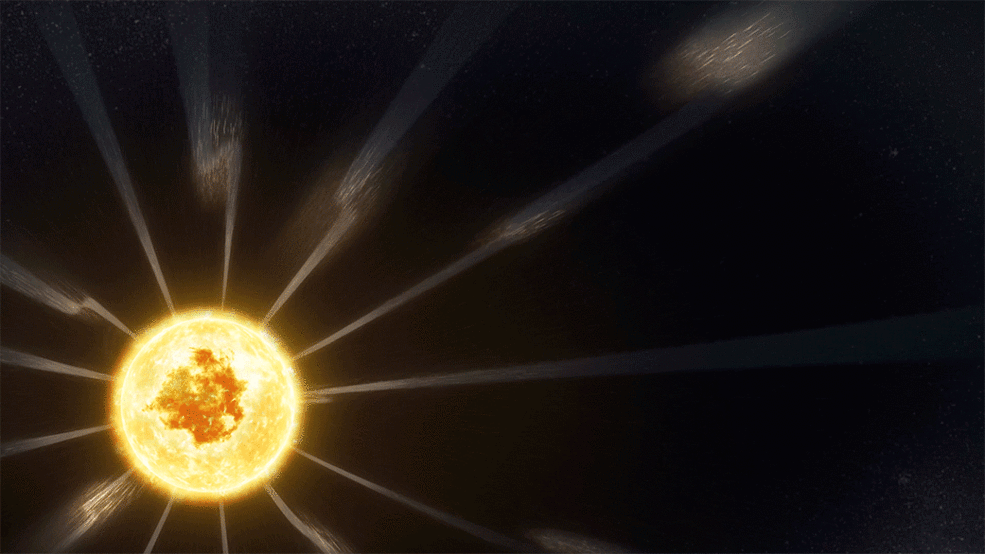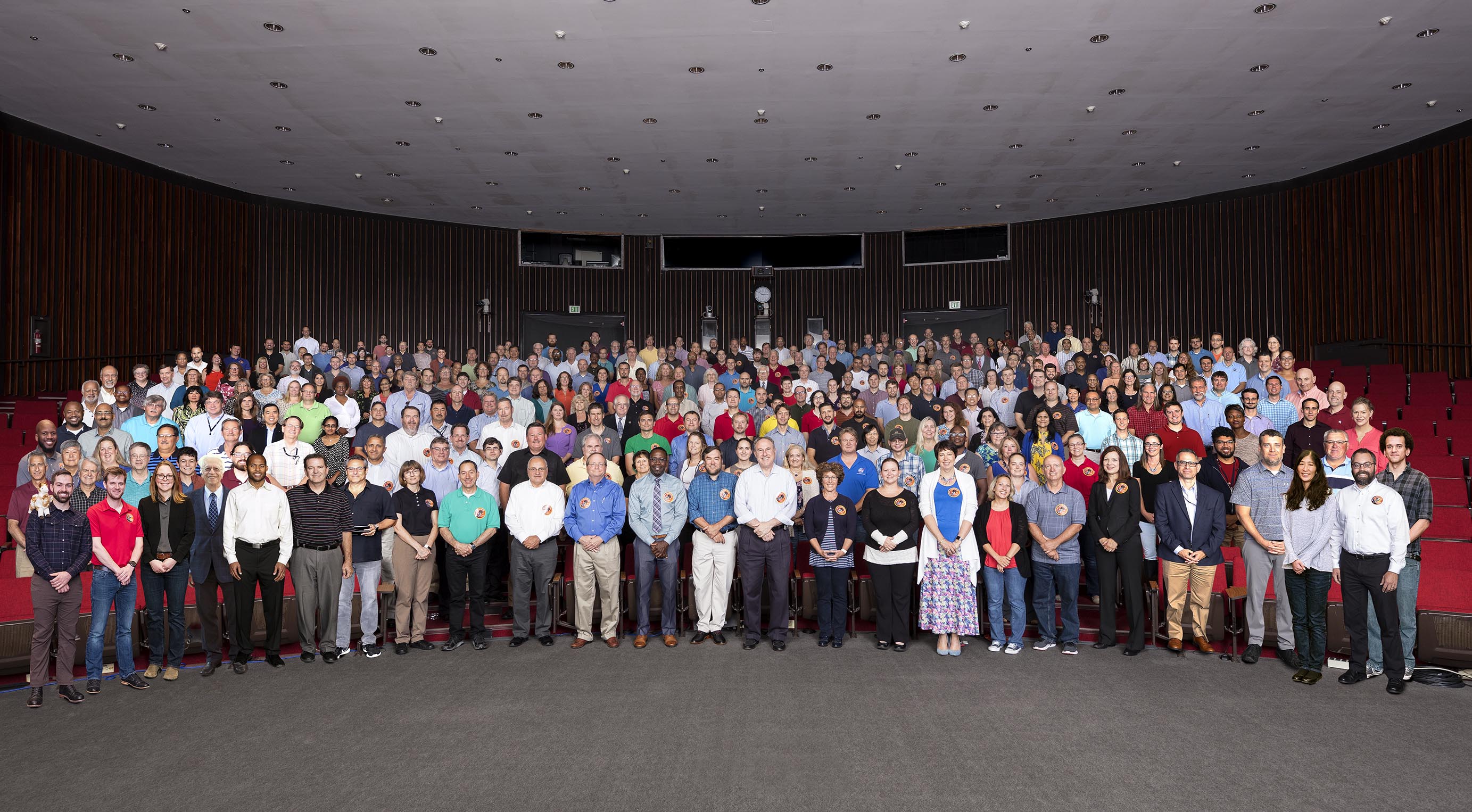With nearly three years in space, NASA’s Parker Solar Probe has not only made numerous passes around our fiery orb, inching closer to the Sun than any spacecraft before it, but also ushered in discoveries that are shaping scientists’ understanding of Earth’s star.
For its efforts to untangle the long-standing mysteries of the complex solar environment, the Parker Solar Probe team has earned the National Space Club and Foundation’s Nelson P. Jackson Award, which recognizes the most outstanding contribution to aerospace in the preceding year.

Designed, built and operated by the Johns Hopkins Applied Physics Laboratory (APL) in Laurel, Maryland, the Parker Solar Probe spacecraft has successfully endured the brutal conditions near the Sun’s corona with the help of its cutting-edge heat shield, water-cooled solar panels and high-precision guidance and autonomy systems, allowing for unprecedented and long-awaited close-up observations of our star.
These observations are addressing questions that puzzled scientists for decades, such as how the Sun’s corona is heated and how the solar wind accelerates through space to inevitably impact our environment on Earth.
The Parker Solar Probe team has started piecing that puzzle together, thanks to the intrepid spacecraft and its suite of instruments, which have given scientists a look at the previously unseen dust-free zone surrounding the Sun, as well as front-seat views of the turbulent activity near its surface. Dubbed “switchbacks,” the magnetic field embedded in the solar wind, which flows out from the Sun, whips back on itself until it is pointed almost directly at the Sun. Along with observations of other plasma phenomena, like waves, solar energetic particles and dust, Parker Solar Probe is helping scientists understand what drives energetic particle storms and coronal mass ejections, major events that can reverberate across the solar system and even on Earth.
“This recognition is another testament to the mission’s success and reflects how important it is to study not only the Sun and its immediate environment, but pursue space exploration in general, as the science community continues pushing the boundaries of space research,” said Parker Solar Probe Project Scientist Nour Raouafi, of APL. “Parker Solar Probe is exceeding all expectations, and the mission’s science return has just been amazing.”

Parker Solar Probe — named for Eugene Parker, who first theorized the concept of the solar wind in the 1950s — launched in August 2018 and is on its way to completing 24 passes around the Sun, eventually moving within 4 million miles of the solar surface. During its most recent close approach to the Sun — called perihelion — Parker Solar Probe broke its own records for solar proximity and speed, coming within about 6.5 million miles (10.4 million kilometers) of the Sun’s surface while moving faster than 330,000 miles per hour (532,000 kilometers per hour).
The National Space Club and Foundation bridges industry and government to foster excellence in space activity. A panel of experts spanning the aerospace and defense industries, government and academia selected the Parker Solar Probe mission for the honor, which is named for the club’s founder and past president, Nelson Pete Jackson.
Last year’s award went to the Event Horizon Telescope Collaboration team for the first picture of a black hole, taken on April 10, 2019.
The 2021 Jackson Award will be presented to the Parker Solar Probe team at the 64th Annual Goddard Memorial Dinner on Sept. 17.
Banner image: An artist's illustration of Parker Solar Probe at the Sun. Credit: NASA/Johns Hopkins APL
Related Topics
Science
Engineering
For Media Inquiries
For all media inquiries, including permission to use images or video in our gallery, please contact:
Michael Buckley
All Media Resources

